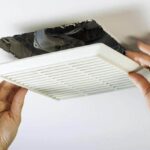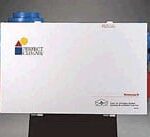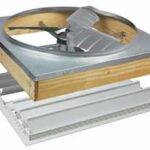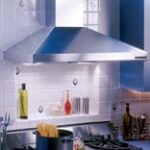Improve comfort and lower energy bills by optimizing airflow in your home. Learn simple steps like using fans, opening windows, checking filters, and sealing ducts for better circulation.
Stuffy rooms, lingering odors, and an HVAC system that seems to be working overtime can all be signs of poor airflow in your home. To keep your home comfortable and healthy, proper air circulation is crucial. Good airflow helps regulate temperature, reduces humidity, distributes clean air, and can even lower your energy bills.
Fortunately, several practical and often simple steps can improve airflow throughout your home, making it a more pleasant and efficient space.
1. Use Ceiling Fans
Ceiling fans create a downdraft in the summer, which promotes evaporation of perspiration, making you feel cooler, even without lowering the thermostat. In the winter, a clockwise rotation at a low speed gently pushes the warmer air that naturally rises near the ceiling back down into the room, helping to even out the temperature and reduce heating costs. Make sure your fans are turning in the correct direction for the season.
2. Open Windows, Doors, and Skylights
Create cross-ventilation by opening windows on opposite sides of your home. This allows fresh air to flow through and stale air to exit. Cross-ventilation is a natural and effective way to refresh the air in your home. By opening windows and doors on different sides, you create a pathway for air to move from areas of higher pressure to lower pressure. This can help to cool your home naturally and remove pollutants and odors. For the best effect, open windows on the leeward (downwind) side wider than those on the windward side.
Additionally, if your home has operable skylights, opening them can significantly boost airflow through what’s known as the “stack effect.” Warm, stale air naturally rises. When skylights are open, this hot air has a direct escape route from the highest point in your home. This creates a vacuum that pulls cooler, fresh air in through lower-level windows and doors, effectively creating a powerful natural ventilation system.
3. Check Air Filters
Regularly replace or clean HVAC filters to encourage proper airflow. Your HVAC system relies on air filters to trap dust, pollen, pet dander, and other airborne particles. But, when these filters become clogged with use, they significantly impede the flow of air through the system. This makes your HVAC unit work harder, reduces its efficiency, and can damage the system over time. Replacing disposable filters every 1 to 3 months, or cleaning reusable filters according to the manufacturer’s instructions, ensures optimal airflow and better air quality.
4. Seal Ducts
Inspect (or have an HVAC pro inspect) ductwork for leaks or blockages and seal any gaps with mastic sealant or metal tape to help guarantee that air is delivered efficiently throughout your home. Leaky or blocked ducts can waste a significant amount of heated or cooled air before it reaches the intended rooms, leading to uneven temperatures and unnecessarily high energy bills. Carefully inspect all accessible ductwork in attics, basements, and crawl spaces for visible leaks or damage. Seal any gaps or holes with a durable sealant like mastic or UL 181B-FX listed metal foil tape. Make sure that furniture or stored items are not crushing or blocking airflow within the ducts.
5. Use Ventilation Fans
In areas like bathrooms and kitchens, use exhaust fans to extract humid or stale air to improve overall airflow. Ventilation fans in kitchens and bathrooms are specifically designed to exhaust moisture, odors, and pollutants directly to the outside. Using these fans while showering, cooking, or cleaning helps to prevent the buildup of humidity and stale air that otherwise can make your home feel stuffy and uncomfortable. Make sure these fans are functioning properly and are not obstructed by dust or debris. Running them for a short period after these activities can significantly improve air quality and airflow.
6. Keep HVAC Vents Clear
Be sure that furniture, curtains, and other objects do not block air vents so air can circulate freely. Supply and return air vents are the entry and exit points for conditioned air in each room. When these vents are blocked by furniture, rugs, curtains, or other items, the conditioned airflow to and from your HVAC system is restricted, which can lead to temperature imbalances between rooms. Make sure all vents are fully open and have ample clear space around them to allow for proper air circulation.
7. Consider an Air Purifier
Air purifiers can help improve air quality and circulation, particularly in rooms where airflow is limited. While not a direct solution for moving air between rooms, air purifiers with built-in fans can significantly improve the air quality within a specific space by filtering out allergens, dust, pet dander, and other pollutants. The fan in the air purifier also helps to circulate the cleaned air, which can make the room feel less stagnant, especially in areas with poor natural ventilation. Choose an air purifier with a Clean Air Delivery Rate (CADR) appropriate for the size of the room.
Safety Considerations
Always prioritize safety when working with electrical appliances and when accessing hard-to-reach areas in your home. Be sure that power is turned off when cleaning or inspecting fans or HVAC components, and safely use a sturdy ladder when accessing vents or ducts overhead.
Conclusion
Improving airflow in your home calls for a multi-faceted approach that combines simple adjustments with more involved maintenance tasks. By strategically using fans, maximizing natural ventilation, maintaining your HVAC system, and ensuring clear pathways for air, you can create a more comfortable, healthy, and energy-efficient living environment. Take a systematic approach and address the easiest solutions first, and don’t hesitate to consult an HVAC professional for more complex issues.



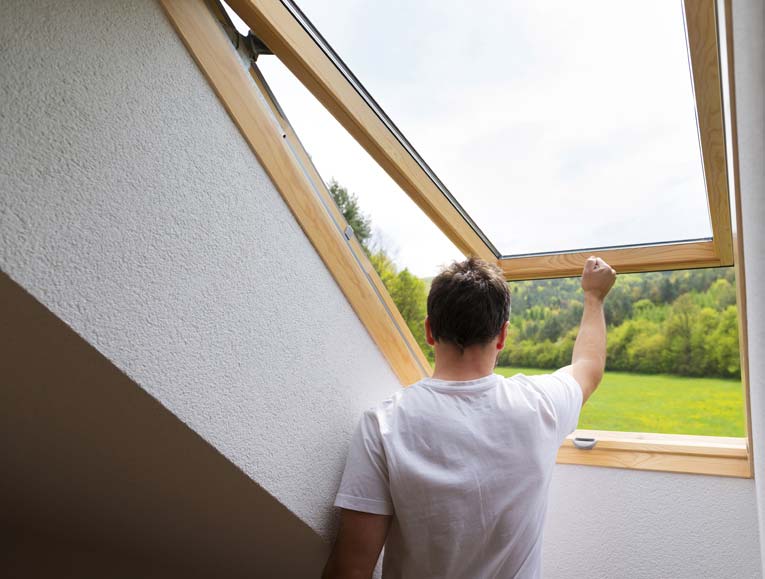
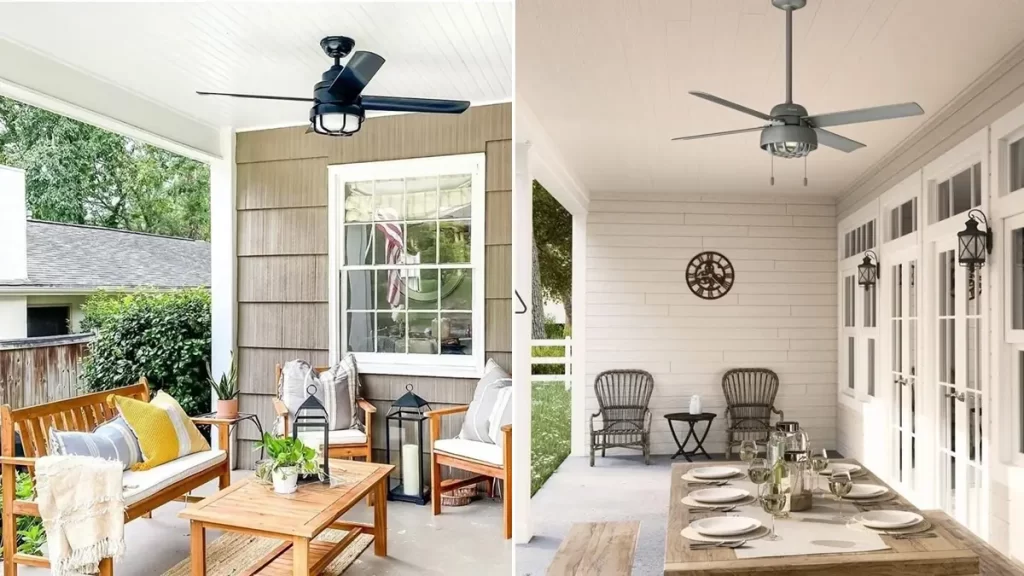



 Don Vandervort writes or edits every article at HomeTips. Don has:
Don Vandervort writes or edits every article at HomeTips. Don has:
